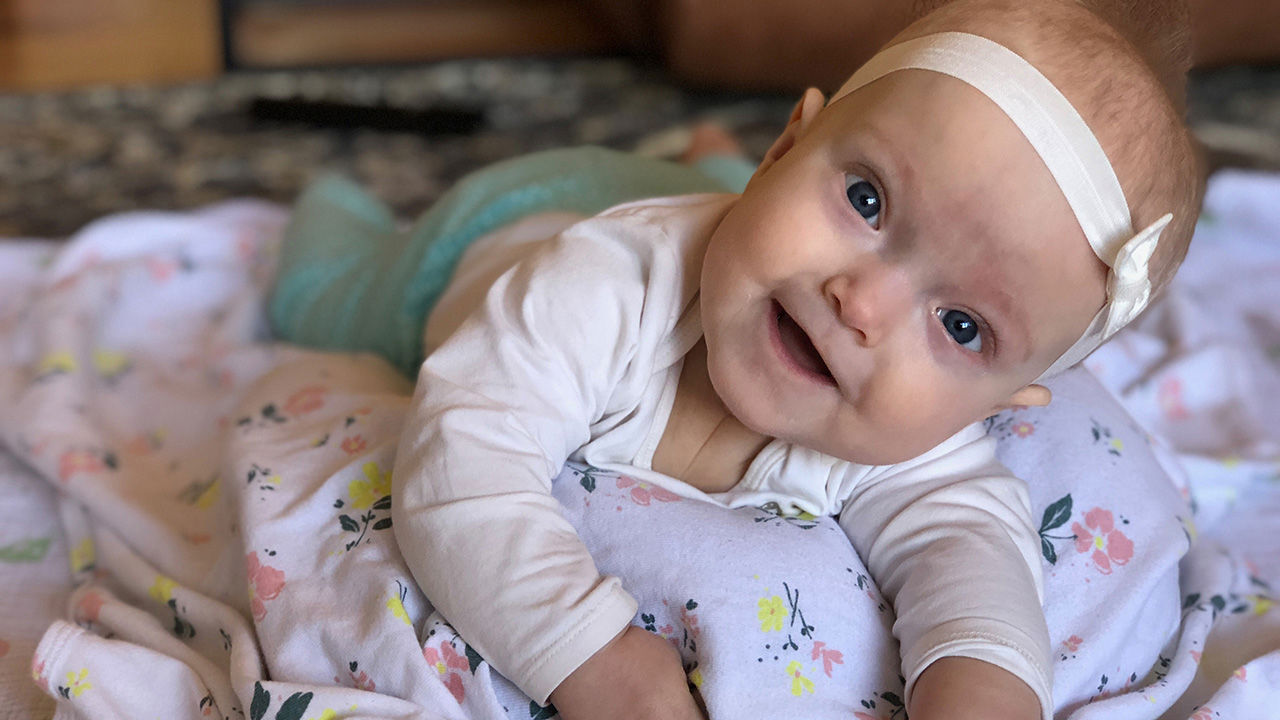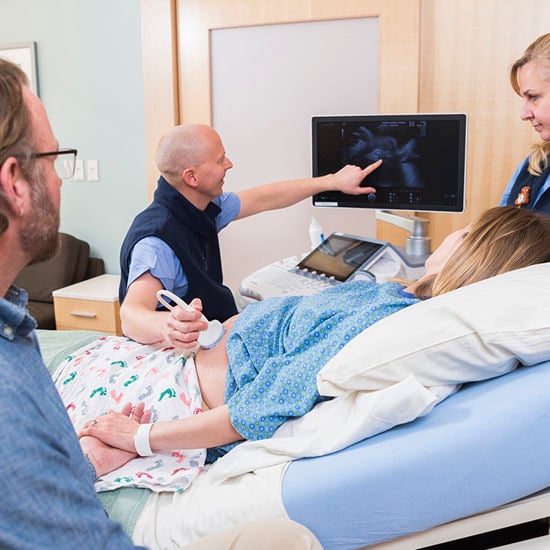- Doctors & Departments
-
Conditions & Advice
- Overview
- Conditions and Symptoms
- Symptom Checker
- Parent Resources
- The Connection Journey
- Calm A Crying Baby
- Sports Articles
- Dosage Tables
- Baby Guide
-
Your Visit
- Overview
- Prepare for Your Visit
- Your Overnight Stay
- Send a Cheer Card
- Family and Patient Resources
- Patient Cost Estimate
- Insurance and Financial Resources
- Online Bill Pay
- Medical Records
- Policies and Procedures
- We Ask Because We Care
Click to find the locations nearest youFind locations by region
See all locations -
Community
- Overview
- Addressing the Youth Mental Health Crisis
- Calendar of Events
- Child Health Advocacy
- Community Health
- Community Partners
- Corporate Relations
- Global Health
- Patient Advocacy
- Patient Stories
- Pediatric Affiliations
- Support Children’s Colorado
- Specialty Outreach Clinics
Your Support Matters
Upcoming Events
Mental Health Town Hall
Tuesday, April 23, 2024Join Children’s Hospital Colorado pediatric experts for a virtual...
-
Research & Innovation
- Overview
- Clinical Trials
- Q: Pediatric Health Advances
- Discoveries and Milestones
- Training and Internships
- Academic Affiliation
- Investigator Resources
- Funding Opportunities
- Center For Innovation
- Support Our Research
- Research Areas

It starts with a Q:
For the latest cutting-edge research, innovative collaborations and remarkable discoveries in child health, read stories from across all our areas of study in Q: Advances and Answers in Pediatric Health.


Peyton: How Prenatal Spina Bifida Surgery Helped Avoid Brain Surgery

Alison and Kyle had a talkative ultrasound tech. She chatted all the way down the hall to Alison’s 20-week appointment for Peyton, her second daughter. She chatted moving the wand over Peyton’s face, her feet, her pulsing heart. When she got quiet, Alison knew something was wrong.
Peyton, the obstetrician later explained, had myeloschisis (my-ello-SKI-sis), the most severe form of spina bifida. Her spinal cord had attached to the skin of her back and failed to enclose in its neural tube, leaving her nerve tissue exposed.
“My heart just hurt,” Alison recalls. “For her to be in my womb for that much longer, and her spinal cord is just open and brushing against the womb, it was like, I just wanted the damage to be covered. I wanted her to start healing.”
Prenatal spina bifida care at the Colorado Fetal Care Center
Alison’s maternal fetal medicine doctor told her and Kyle about a patient he'd recently seen with a similar condition. He’d sent her to the Colorado Fetal Care Center at Children’s Hospital Colorado for fetal surgery, to positive results. Alison’s dad, an anesthesiologist in Castle Rock, Colorado, consulted a physician friend, who confirmed that fetal surgery can offer kids with spina bifida a better outcome.
Within a week, Kyle and Alison made the drive from their home in Tucson, Arizona, to Children’s Colorado, for a battery of evaluations and tests. Pediatric surgeon Kenneth Liechty, MD, and the leader of Alison’s care team, recommended fetal surgery to repair Peyton’s myeloschisis.
Why fetal surgery helps myeloschisis outcomes
In addition to exposing the spine, a myeloschisis opening creates a drain for cerebrospinal fluid. The resulting lack of fluid can allow the brainstem to settle into the spine’s opening at the base of the skull, a complication known as the Chiari malformation. Aside from creating additional neurological problems, this malformation blocks the normal circulation of fluid, leading to hydrocephalus, or “water on the brain,” a potentially fatal condition.
After birth, surgeons can create a shunt — essentially a medical drain — to alleviate hydrocephalus. That operation itself is relatively low-risk, but it comes with the risk of complications down the line, such as blockage, infection and over-drainage of fluid.
“With a fetal repair, we see better outcomes: better lower extremity function, better strength, dramatically decreased rates of shunting — around 40%, down from 90%,” says Dr. Liechty, one of the surgeons who participated in the original study that established the surgery’s efficacy, and one of the nation’s foremost experts. “It’s a very effective surgery.”
“It’s seriously astonishing,” Alison muses. “They literally open me up, do the surgery on her 24-week old back right inside me, somehow patch me up and go, ‘Okay, stay pregnant.’ It’s crazy.”
A hydrocephalus scare sidestepped through pediatric expertise
Peyton was born at Children’s Colorado, relatively healthy at 33 weeks. A prenatal MRI showed her Chiari malformation had reversed. Her pediatric neurosurgeon, Corbett Wilkinson, MD, saw no need for a shunt. After three weeks of stabilization in the Neonatal Intensive Care Unit, Peyton went home to Tucson.
Another MRI at two months was similarly reassuring. But at Peyton’s six-month checkup, her pediatrician was alarmed to see that, in just two months, her head circumference had jumped from the 50th to the 90th percentile — a potential indicator of hydrocephalus.
The pediatrician sent Peyton and Alison straight to the emergency department for more imaging. There, the adult neurosurgeon on call looked over the images and, knowing Peyton had spina bifida, recommended a shunt, though the images didn’t show clear evidence of hydrocephalus.
“I was like, ‘Nope, I’m going to Children’s Colorado,’” Alison recalls.
That weekend, she packed up Peyton and Bayla, her older daughter, and moved to her parents’ home in Castle Rock.
Closer to world-class pediatric care in Colorado
Peyton saw Dr. Wilkinson the following week. He didn’t think the head growth was hydrocephalus. In fact, he speculated it likely had nothing to do with spina bifida at all.
“My dad and father-in-law both just have really big heads,” Alison jokes. “So that’s probably what’s going on there.”
Alison is still living in Castle Rock. Kyle, who’s in the Air Force, is tying up their affairs in Tucson and awaiting a transfer. They hope to buy a house here in the fall. Peyton and Bayla love living with the grandparents, and Peyton is doing well. Her leg strength and foot movement are great. Her physical therapist believes she will walk.
“She’s the picture of what this surgery is for,” says Alison. “When I tell people she has spina bifida, they’re like, ‘How can you even tell?’”

Would you like a second opinion?
If you have received a prenatal diagnosis, are considering treatment options or just want to feel more confident about your treatment plan, our fetal care experts are here to help.
Request a second opinion from our Colorado Fetal Care Center



 720-777-0123
720-777-0123



